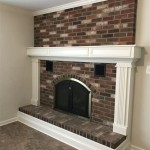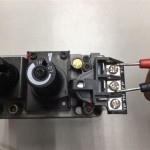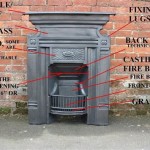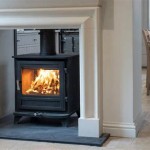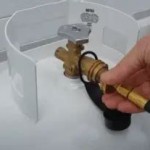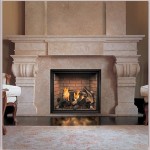How to Safely Use a Wood Burning Fireplace Insert
A wood-burning fireplace insert is a great way to add warmth and ambiance to your home. However, it's essential to use it safely to prevent fires, carbon monoxide poisoning, and other hazards. This article will provide a comprehensive guide on safely using a wood-burning fireplace insert.
Proper Installation and Maintenance
The foundation of safe fireplace operation is proper installation and consistent maintenance. Before using a wood-burning fireplace insert, it's crucial to ensure its proper installation by a qualified professional. They will ensure that the insert is correctly sized and sealed within the existing fireplace, and that all necessary safety features are in place.
Regular maintenance is also vital. This includes cleaning the fireplace insert, chimney, and flue regularly. Soot and creosote buildup can lead to chimney fires, so it's important to remove them. You should also have a professional inspect the chimney annually for cracks or other damage.
Fireplace Operation and Safety Precautions
Once installed and maintained, operating the fireplace insert safely is paramount. Always use dry, seasoned wood, which burns cleaner and produces less smoke. Avoid using softwoods like pine or fir, as they tend to pop and spark more readily.
Never leave a fire unattended. Always have a working fire extinguisher readily available. Ensure adequate ventilation in the room by opening windows and doors slightly to prevent smoke buildup and maintain proper airflow.
Keep children and pets away from the fireplace insert, especially when it is lit. Be cautious of hot surfaces and embers.
Understanding Carbon Monoxide Safety
Carbon monoxide is a colorless, odorless, and tasteless gas that can be deadly. Improperly vented fireplaces can release carbon monoxide into the home. To prevent this, ensure that your chimney is clean and properly vented, and that the fireplace insert is installed correctly. Install a carbon monoxide detector on each floor of your home, and test them regularly.
Replace the batteries in your carbon monoxide detectors every six months, and ensure proper airflow around the detector. Be aware of the symptoms of carbon monoxide poisoning: headache, fatigue, dizziness, nausea, and shortness of breath. If you suspect carbon monoxide poisoning, seek immediate medical attention.
By following these guidelines, you can enjoy the warmth and ambiance of a wood-burning fireplace insert while ensuring the safety of your home and family.

How Fireplace Inserts Work We Love Fire

How To Install A Fireplace Insert Ask This Old House

How To Use A Fireplace Bob Vila

How Fireplace Inserts Work We Love Fire

I Built A Fireplace Easier Than Thought

The 10 Commandments Of Wood Burning Stoves Sintef Blog

How Fireplace Inserts Work We Love Fire

Gas Logs Vs Wood Burning Fireplaces Dc Area Fireplace Service

Wood Stove Fire Starting For Beginners In Cold Weather

Ways To Increase The Heat From Your Wood Burning Fireplace Family Handyman

